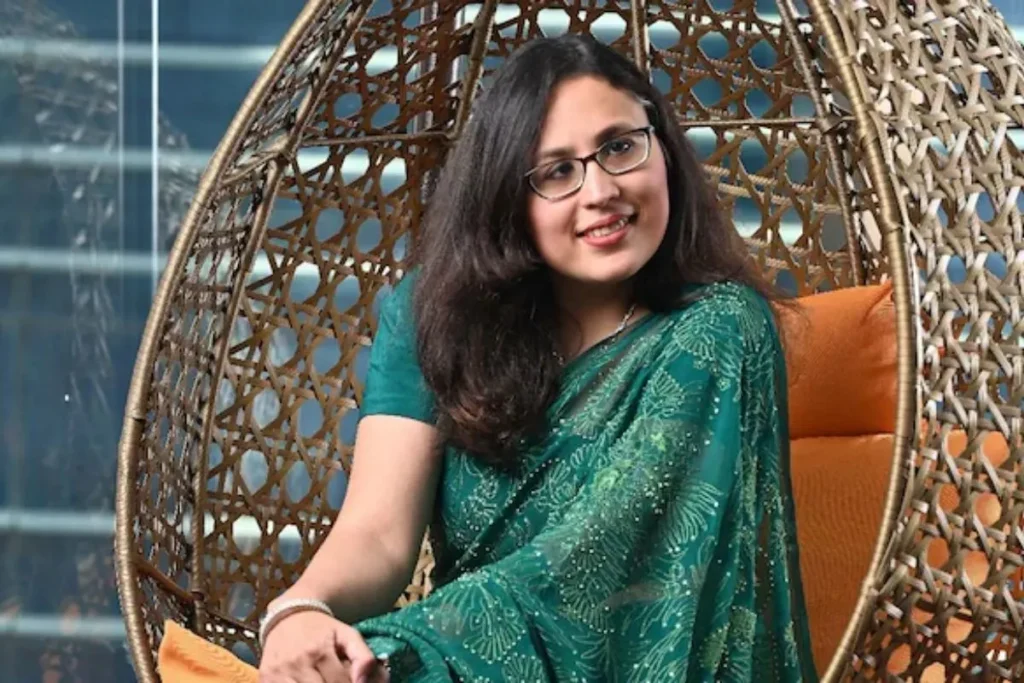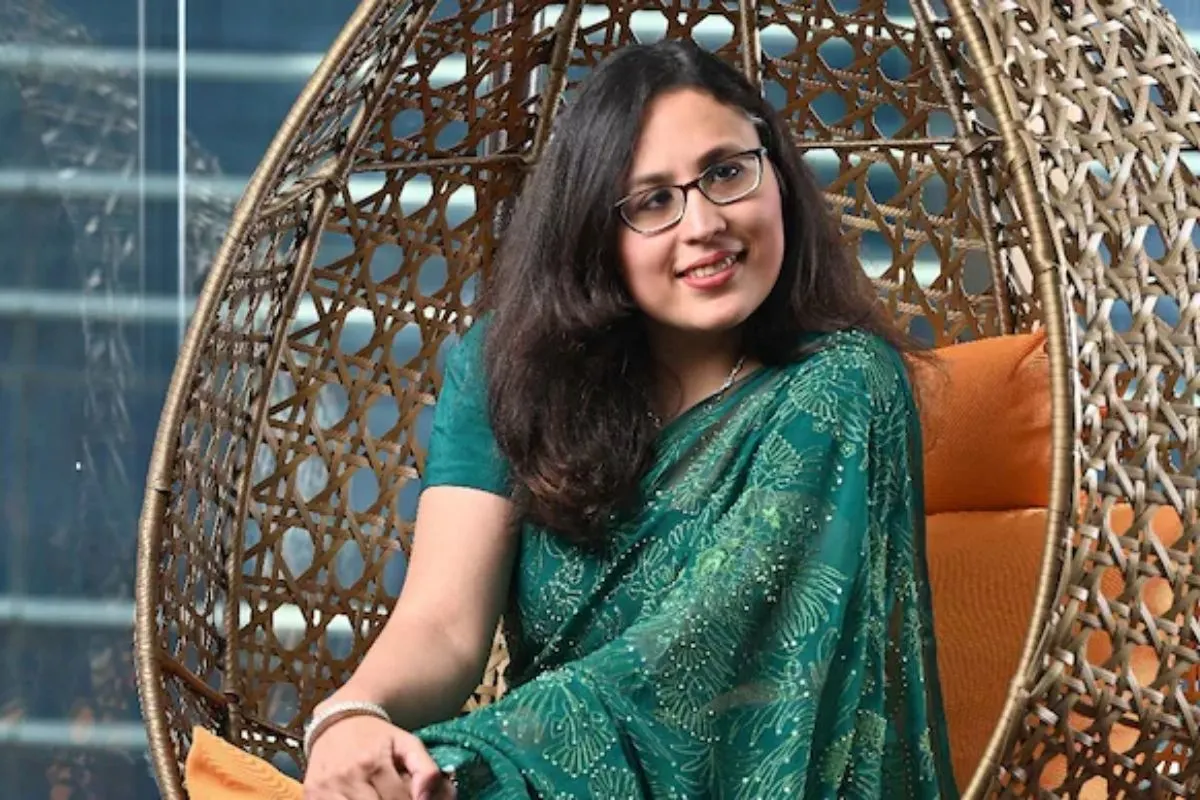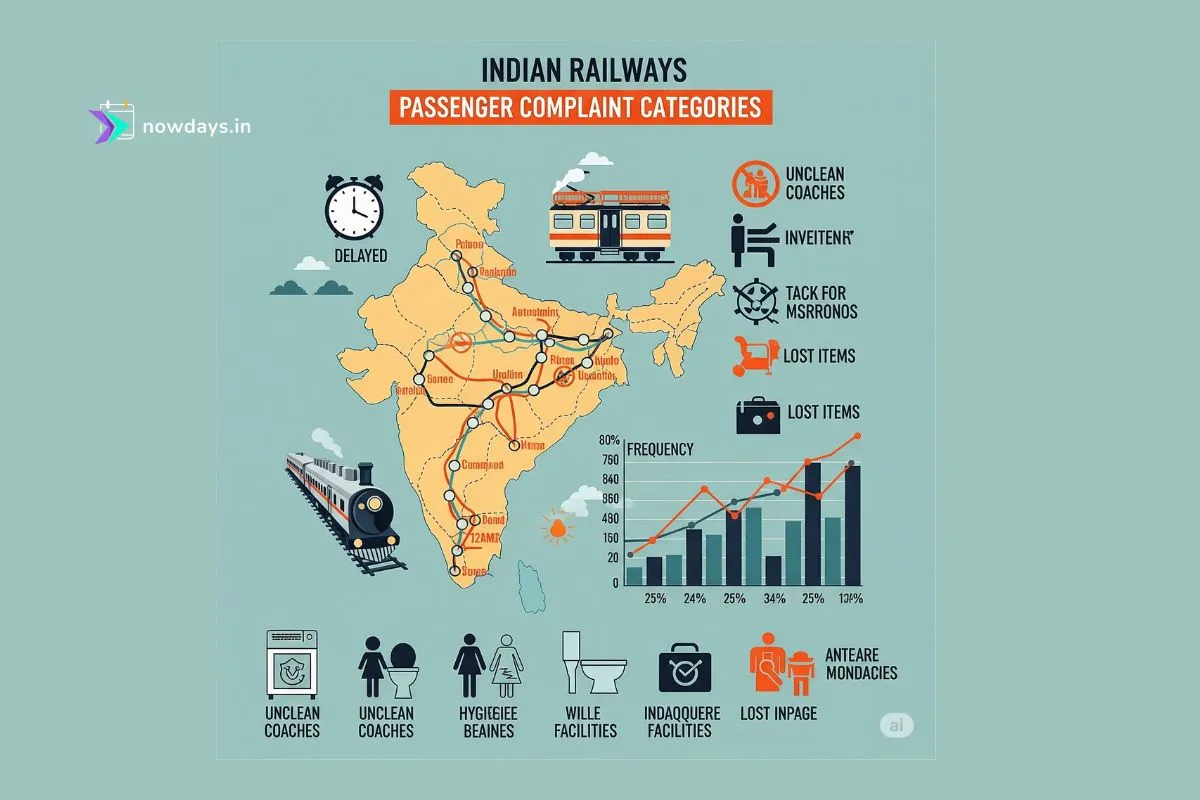Edelweiss Mutual Fund CEO Radhika Gupta sparked a flurry of discussion in May 2025 after suggesting that a four-year college education could cost nearly ₹10 crore by the time today’s toddlers reach university age. In a social media post on X (formerly Twitter), Gupta wrote that with current US tuition around ₹2.5 crore, 5% annual inflation and 4% currency depreciation would inflate costs to about ₹9.9 crore in 16 years. She urged parents to “do the numbers and plan early,” noting that education inflation is often underestimated. These remarks – first explained on May 20, 2025 – drew both attention and skepticism, putting the spotlight on the rising cost of education.

The Math Behind ₹10 Crore
Gupta’s calculation assumed current US college fees (tuition, room/board, etc.) of roughly ₹2.5 crore for a four-year program. Compounding 5% inflation plus 4% annual rupee depreciation over 16 years yields about ₹9.9 crore. She clarified that a strong investment plan (e.g. SIPs in equity funds) could meet this goal. For comparison, even domestic courses are not cheap: as noted by ICICI Prudential, a ₹16 lakh engineering degree today would swell to ~₹40 lakh in 15 years at 6% inflation. Gupta herself illustrates savings: she says a couple SIP-ing ₹1.6 lakh per month (₹19.2 lakh/yr) would invest ₹3.5 crore over 18 years, with the remaining ~₹6.5 crore achieved by time and compounding (assuming ~12% equity returns).
Experts on Rising Education Costs
Financial experts broadly agree that education costs are rising faster than general inflation. Anand Rathi’s Chirag Muni observes that while India’s CPI inflation has hovered around 5–5.6% recently, education expenses have climbed at roughly 8–10% per year. At those rates, he notes, college costs can double every 6–7 years, making long-term fees shockingly high. For foreign study, he adds, rupee depreciation (around 4–5% annually) must also be budgeted, so “average inflation stood at 9.7% for abroad education funding”.
In India Today’s Best Colleges 2025 analysis, education inflation is cited at about 11–12% per year – far above core inflation – driving a surge in education loans and household spending. One report notes that average undergraduate expenses (tuition, room, board) rose 169% from 1980–2020. In practical terms, many Indian colleges have hiked fees dramatically: private engineering programs that were ~₹1 lakh/year in 2010 now charge ~₹3 lakh, and even elite public institutions saw big jumps (IIT B.Tech. fees doubled to ₹2 lakh/yr in 2016, making a four-year total ~₹8–10 lakh today). BusinessToday reports education inflation at roughly 11–12% annually, noting that premium courses like an IIM MBA now cost ₹20–25 lakh in total.
Read more: Amazon Lists Nearly 5,500 H-1B Job Openings with $153K Median Salary
Tuition Fees: India vs Abroad
College fees vary widely by institution. Government-funded programs remain relatively affordable: for instance, an IIT undergraduate degree totals on the order of ₹8–10 lakh for four years. In contrast, many private Indian universities charge several times more – Ashoka University’s undergraduate program now costs ~₹12.3 lakh per year. A typical private engineering degree in India today can be ₹10–15 lakh for the course, and medical degrees can exceed ₹50 lakh in private colleges.
Globally, tuition is far higher: College Board data show that the average annual sticker price at a U.S. private college was about $43,350 (around ₹35 lakh) for 2024–25 – without living costs. A full four-year US degree (tuition+room/board) easily reaches ₹2–3 crore at today’s rates. With annual hikes of 3–5% or more seen even in Western universities, such programs could similarly swell in cost. The trend is also visible in other countries: for example, UK and Singapore fees have been rising steadily each year.
Public Reaction
Gupta’s ₹10-crore figure has polarized public opinion. Many on social media initially reacted with shock or skepticism, calling the target “crazy” or out-of-touch for ordinary families. Moneycontrol noted that she “got a bunch of baffled messages” about the claim, prompting Gupta to break down the math and explain her assumptions.
Some finance forums debated the realism of her 5% inflation estimate, pointing out that if Indian fees double every 6–7 years (8–10% inflation) then 16 years might yield only ₹6–7 crore on similar calculations. Others argued Gupta’s post was a useful reminder: one X user noted that even within India, an undergraduate-plus-master’s could be ₹80 lakh–₹1 crore today, and that planning matters “for everyone”. In general, reactions ranged from criticism (“rich-people problem” comments) to crediting Gupta for urging early planning and investing.
Implications for Middle-Class Families
For India’s middle class, these projections underscore real concerns. Many households already devote a large share of income to education. A recent survey found that families in top-tier cities spend ₹60,000+ per child per year on K–12 schooling – sometimes 40–50% of a parent’s income – before even considering college. With college fees rising, middle-income parents are increasingly tapping loans and savings.
In 2023–24, public-sector banks disbursed ₹28,699 crore in education loans (up from ₹24,997 crore in 2022–23), reflecting surging demand. These loans bridge costs (private engineering programs ~₹10–15 lakh or foreign MBAs >₹70 lakh per year) but also add debt burdens. If higher education costs do double each decade, unprepared families could face severe shortfalls.
Experts stress that disciplined saving is crucial. As Anand Rathi’s Chirag Muni puts it, parents should “start investing for your kids” well in advance. He calculates that a SIP of just ₹10,000 per month from a child’s birth can grow to about ₹1 crore in 20 years. Delaying investments, he warns, makes it much harder to meet education goals. Radhika Gupta echoes this advice: in her example, even a high SIP of ₹1.6 lakh/month (₹19.2 lakh/year) covers only ~₹3.5 crore of the ₹10 crore target, leaving parents to rely on long-term compounding.
Read more: IIT Kharagpur Launches Student Task Force After 4th Hostel Suicide in 7 Months
Financial Planning Strategies
To cope with rising education costs, financial planners commonly recommend:
- Start Early with SIPs: Begin a Systematic Investment Plan in mutual funds at birth (or before middle school). Equity funds, in particular, have historically beaten inflation. For example, a moderate SIP of ₹5,000–10,000 monthly in a diversified equity fund can accumulate tens of lakhs over 15–20 years. The compounding effect (“time and compounding” as Gupta notes) can turn modest savings into a substantial corpus.
- Use Child Education Plans: Specialized investment/insurance products (child plans or ULIPs) can force savings discipline and often offer tax benefits. These plans combine life cover with regular premiums and can be a bulwark against inflation. Leading insurers market them as ways “to meet education costs” while also providing life cover if something happens to a parent. (For instance, under Section 80C parents can deduct some premium, and child plans often allow partial withdrawals for schooling.)
- Diversify Globally: Given Gupta’s point about currency, some parents invest in international mutual funds or ETFs, spreading risk. If rupee falls, foreign investments (or NRI holdings) can hedge education costs in dollars. She suggests a mix including global tech and mid-cap funds for longer horizons. (Just as she built a higher-risk portfolio for her own child to grow over decades.)
- Education Loans and Scholarships: While saving is ideal, education loans remain important. State banks now offer sub-8% rates for premier institutes; NBFCs extend funds for overseas study (though at ~10–12%). Parents can also target scholarships and early entrance exams (IIT JEE, NEET) to reduce or waive fees. Note that loans must be planned too – interest can add up, so opts for “simple interest” moratorium or claim 80E tax benefits on loan interest.
- Alternate Schemes: Government schemes like the Sukanya Samriddhi Yojana (for girls) allow a locked-in savings at 8–9% interest, which can be part of an education corpus. While not enough alone, they supplement larger plans.
By following such strategies, middle-class families aim to “beat” education inflation. As financial advisor Chirag Muni concluded, spreading even small investments early makes a decisive difference – delaying is the “heavy burden”.
Current Fees and Trends: Today’s middle-class family might see an IIT B.Tech at ₹2 lakh/year or a state college at tens of thousands; a private engineering college could be ₹3–5 lakh/year; and an overseas bachelor’s easily ₹50–60 lakh/year including living. With fees already high, even steady 6–8% hikes are daunting.
For perspective, Radhika Gupta notes that an India undergrad+master’s is about ₹80 lakh–₹1 crore now – roughly 30% of the US cost – meaning ₹1 crore that she cites could cover a domestic education as well. (Indeed, Indian statistics show average tuition+boarding at any college rising well above general inflation – for example, surveys report 11–12% annual fee inflation.)
The ₹10-crore figure is provocative, but it underscores a fact: education is getting pricier. For India’s aspirational middle class, it means more emphasis on early saving, equity investment, and financial advice. As one wealth planner put it, parents must “always do the numbers and plan early” to ensure that a child’s college dreams remain affordable.








